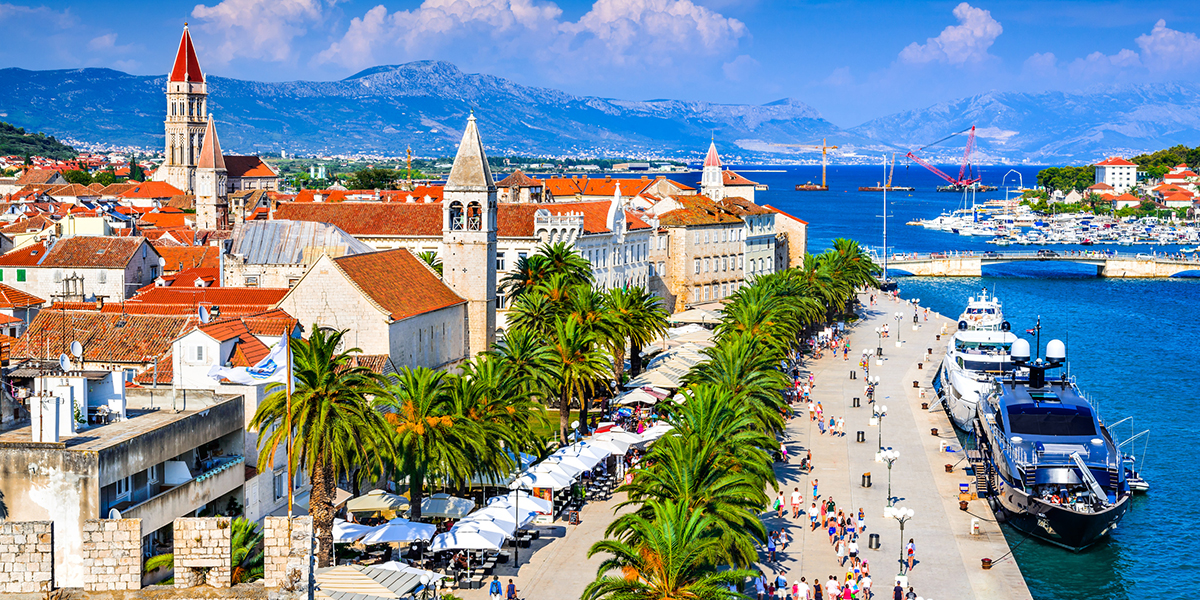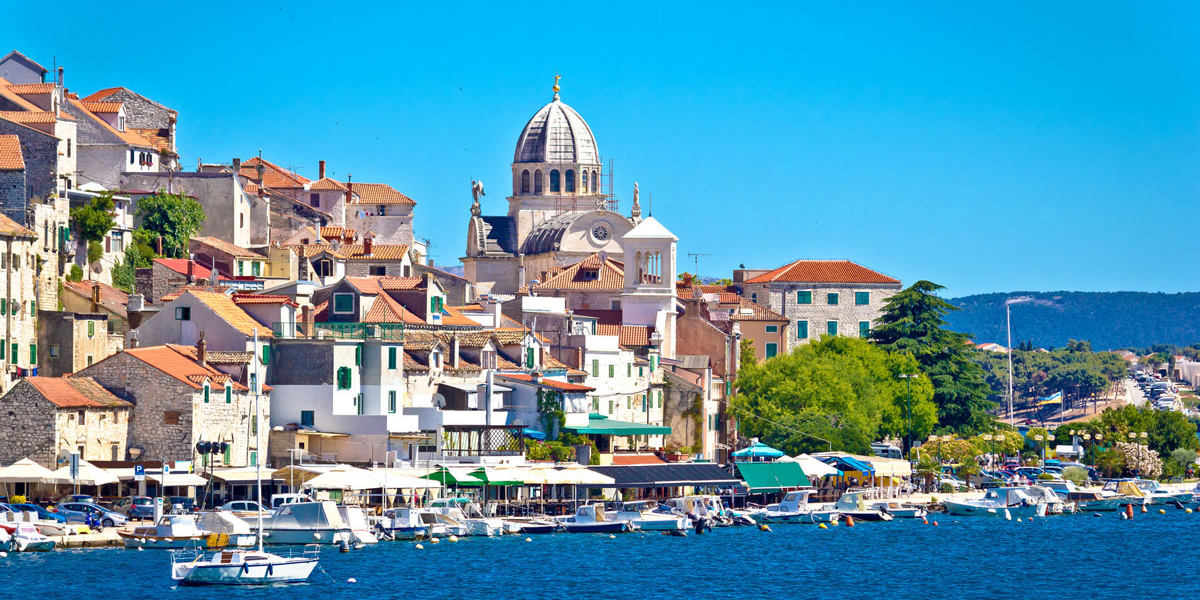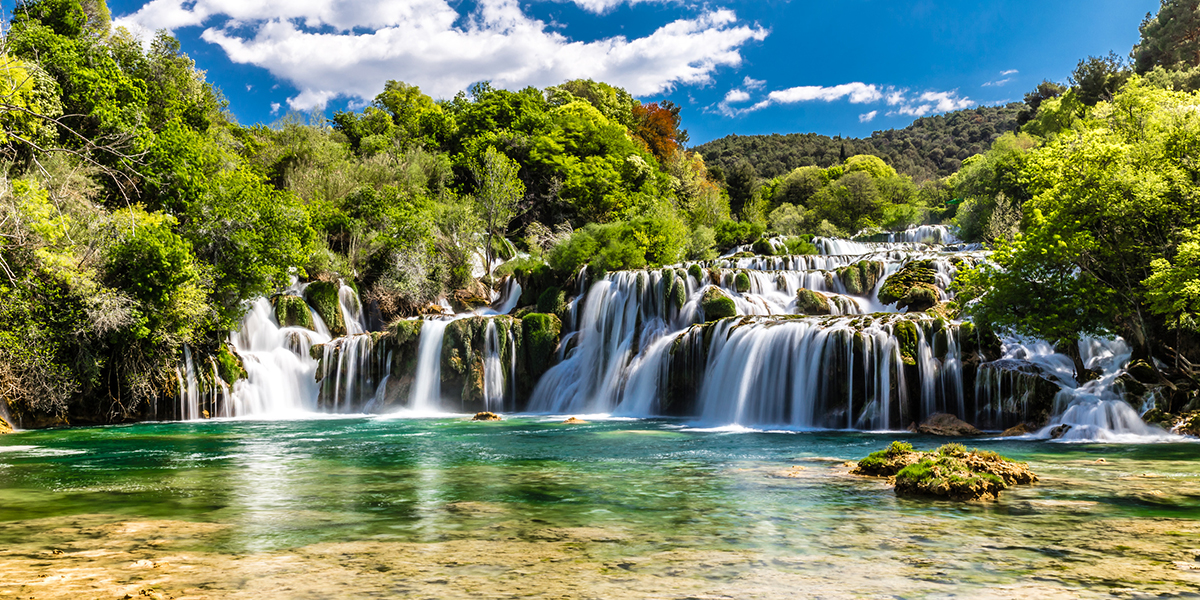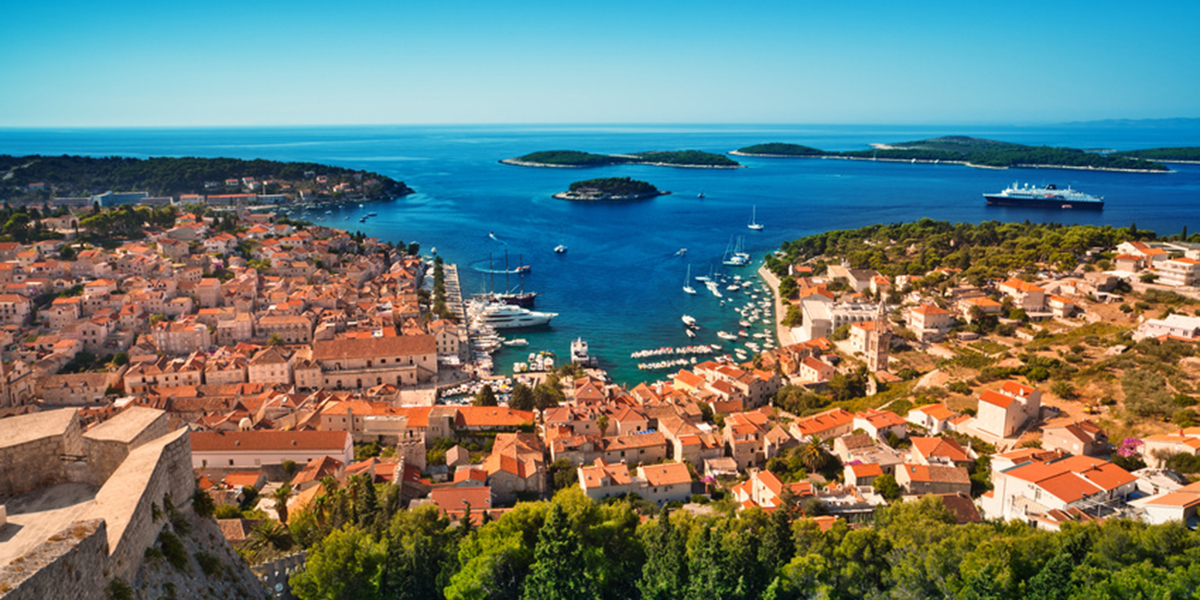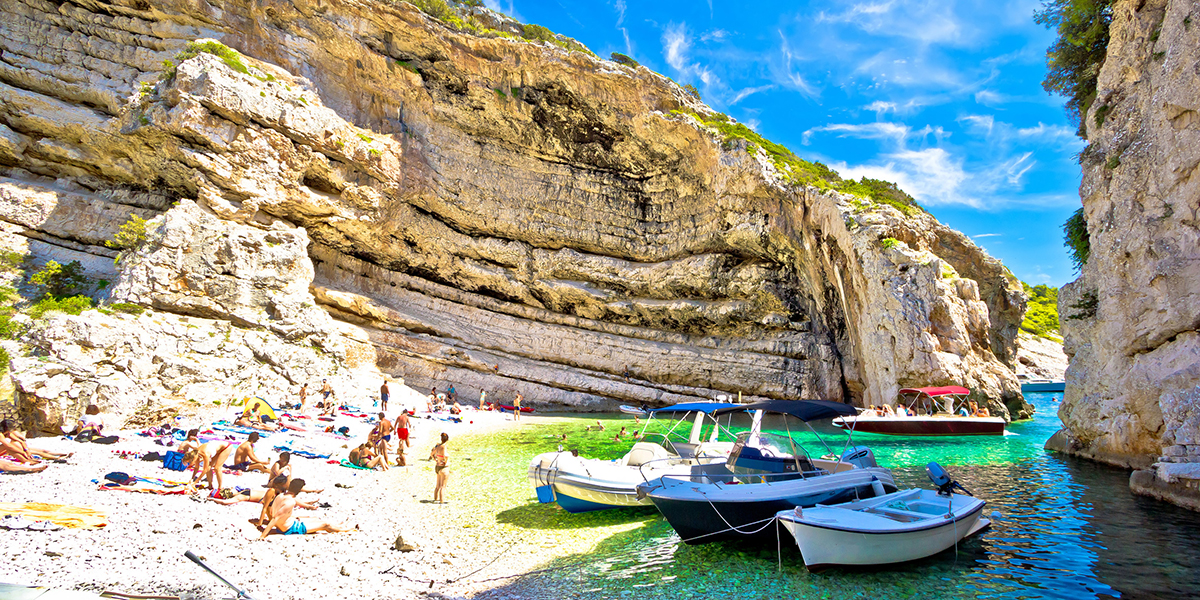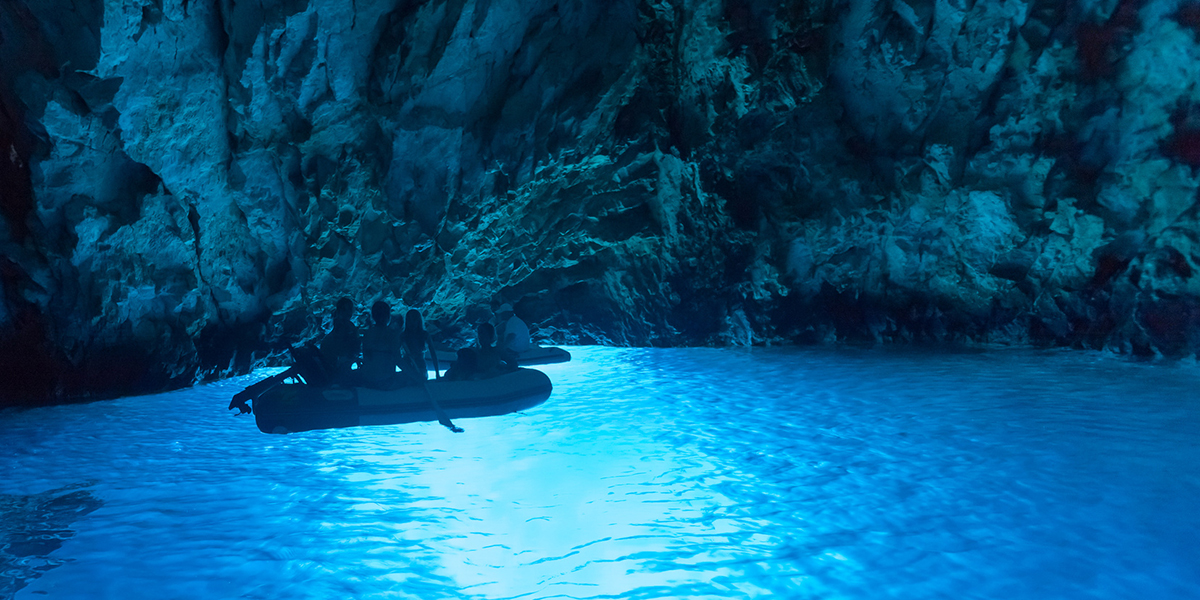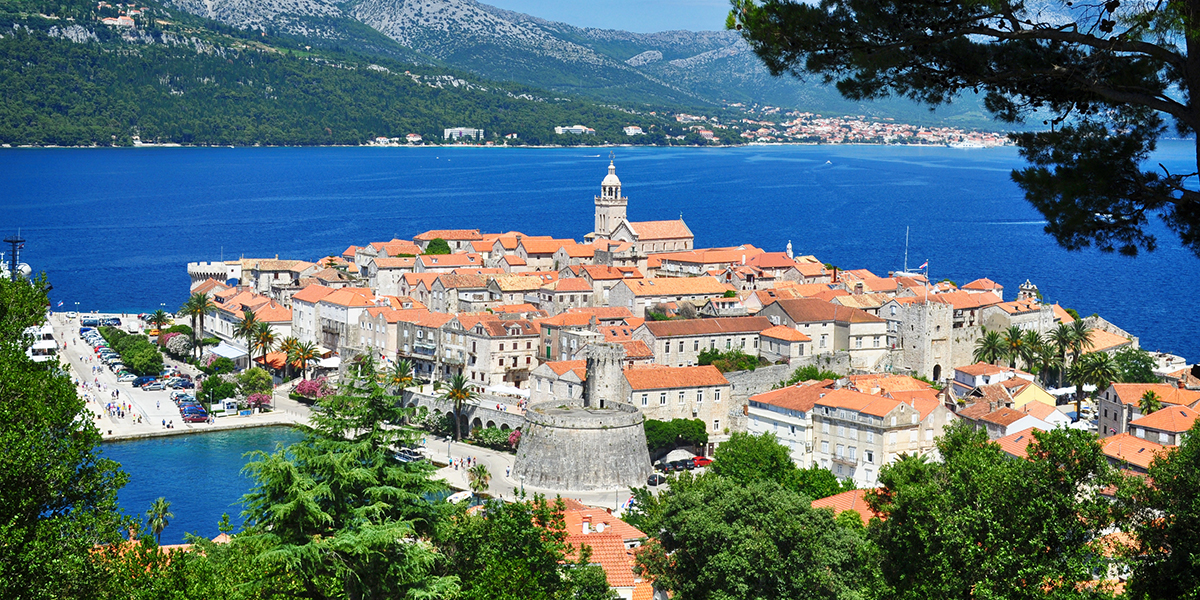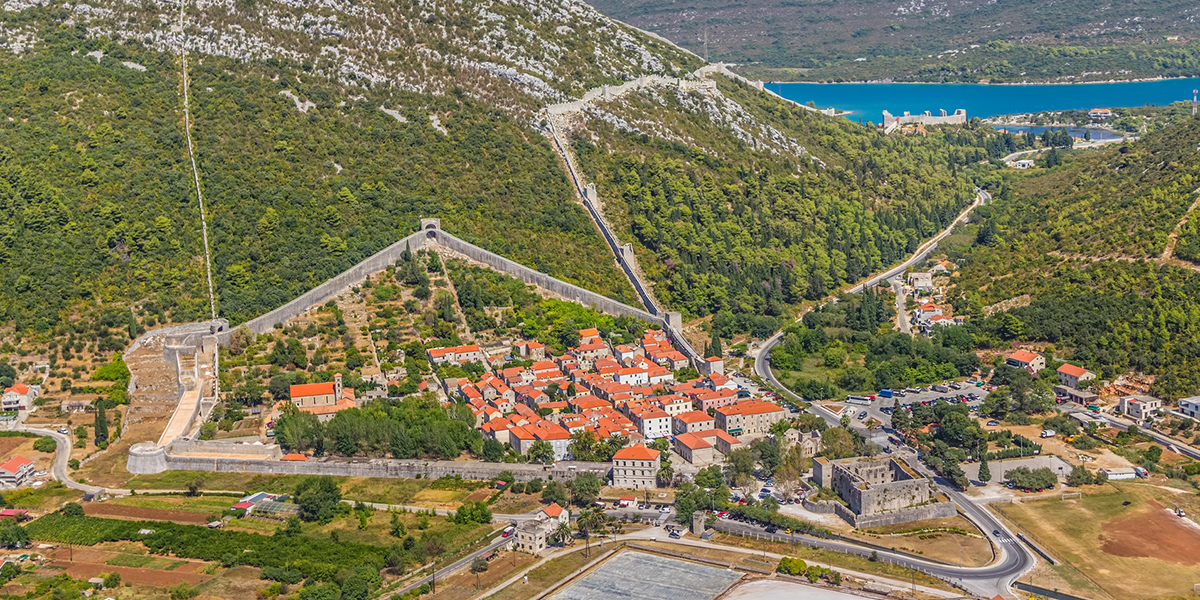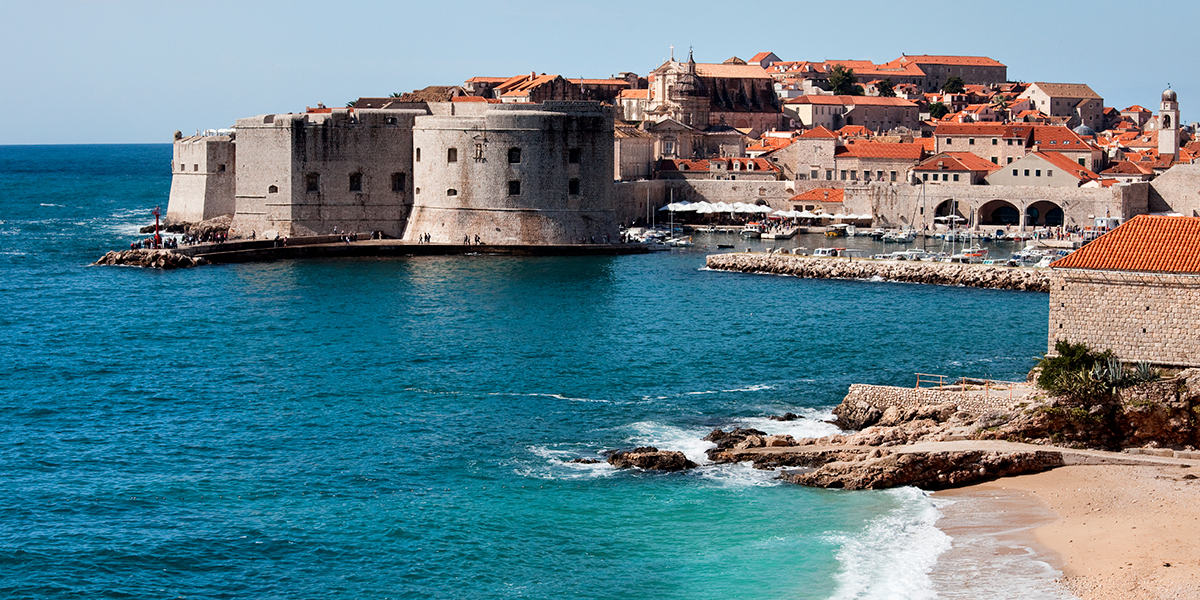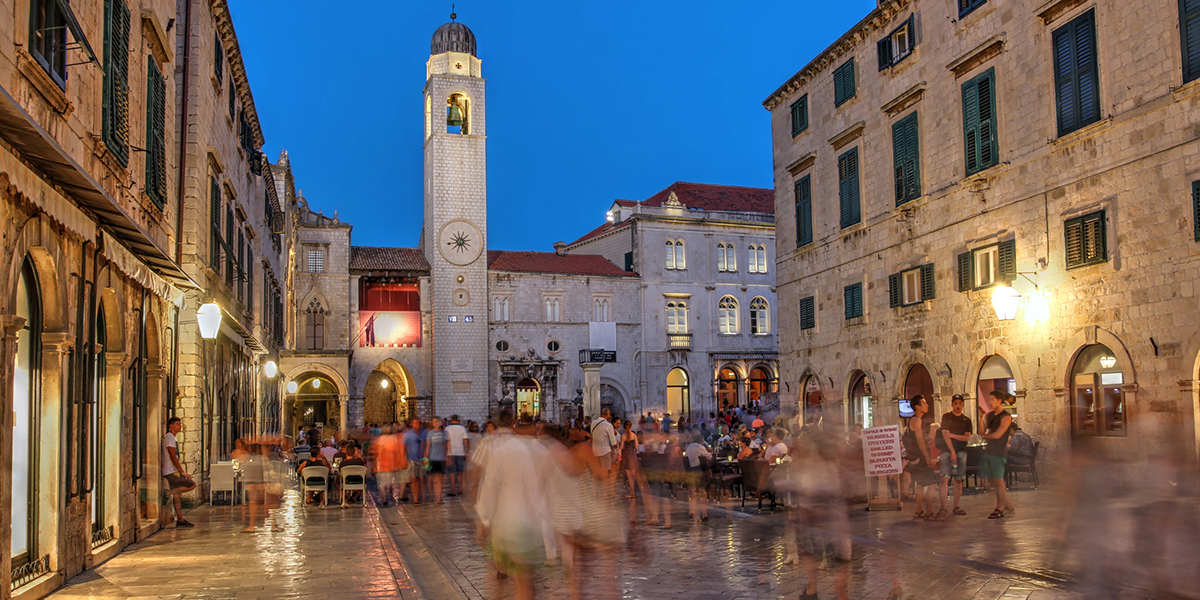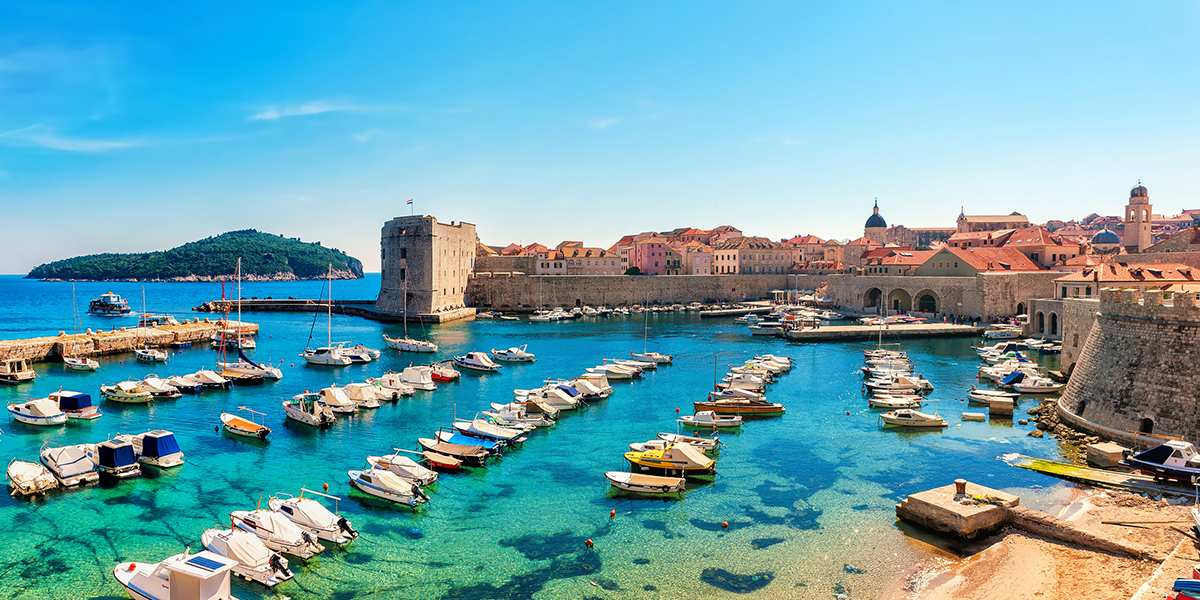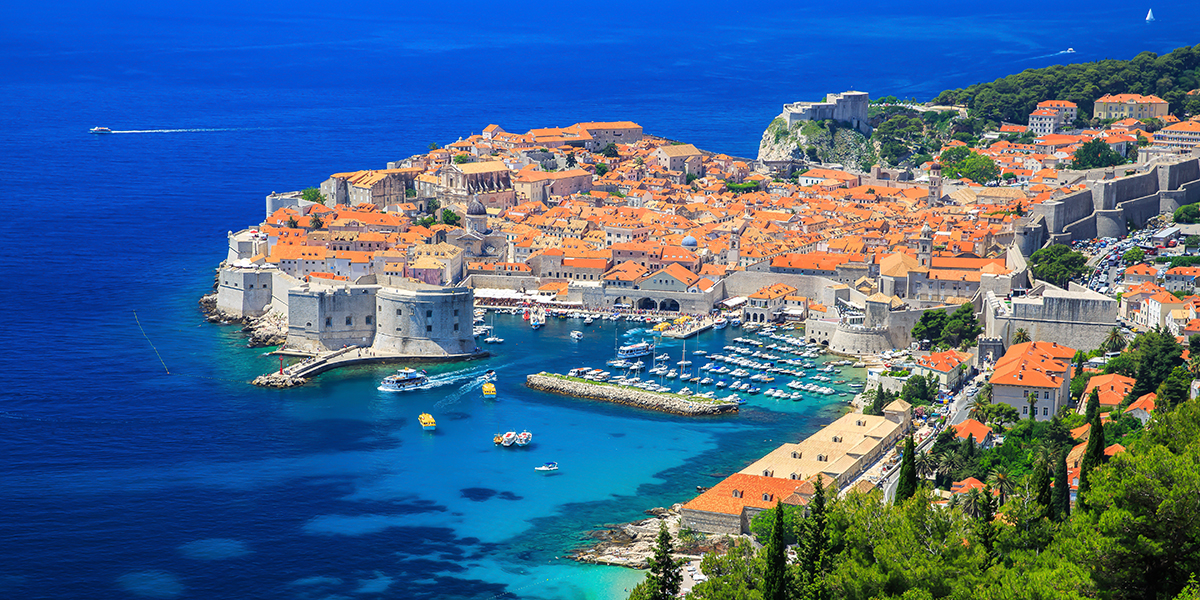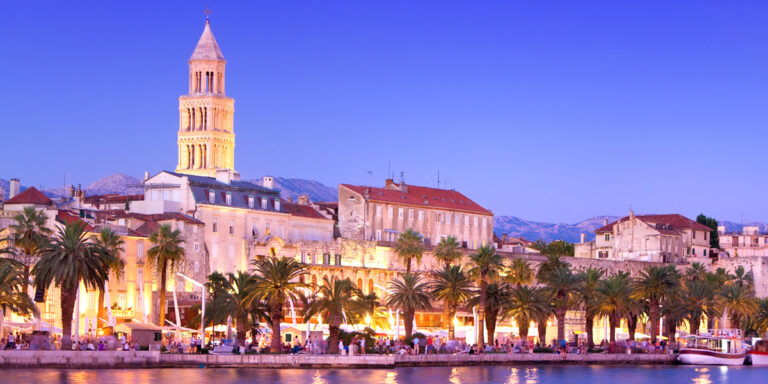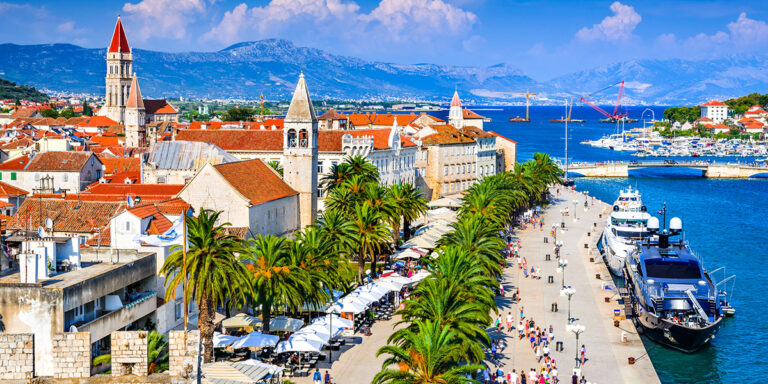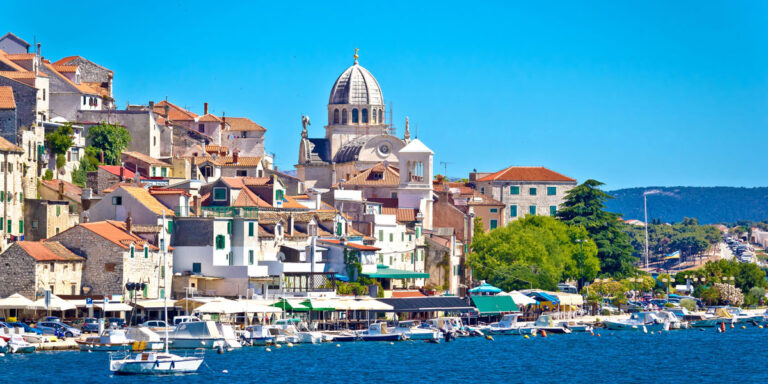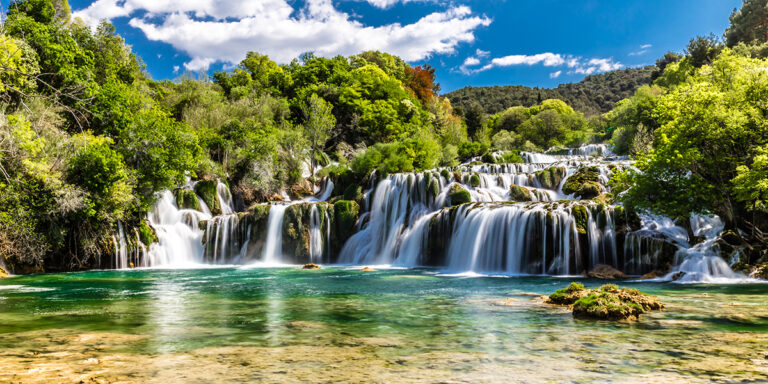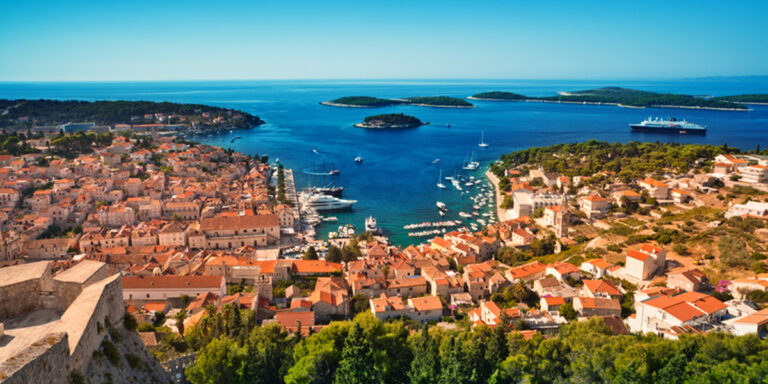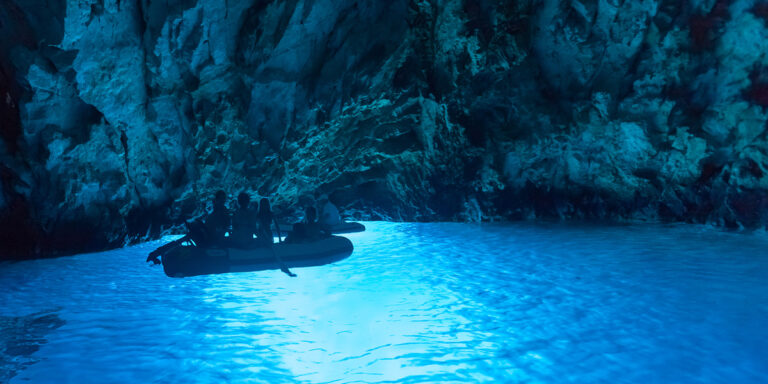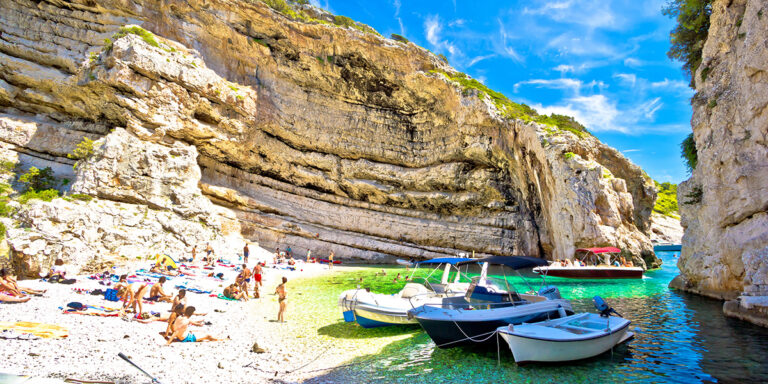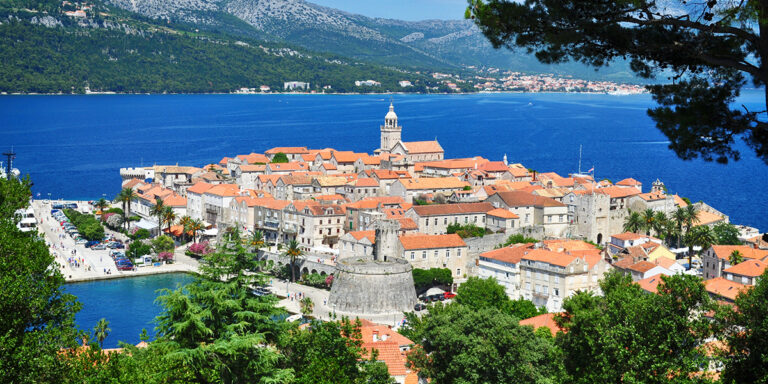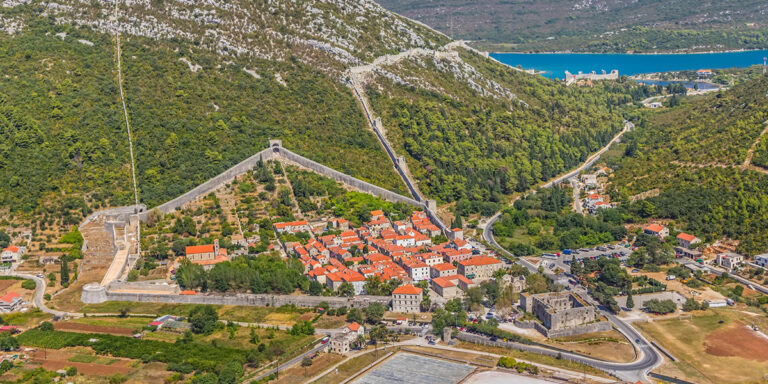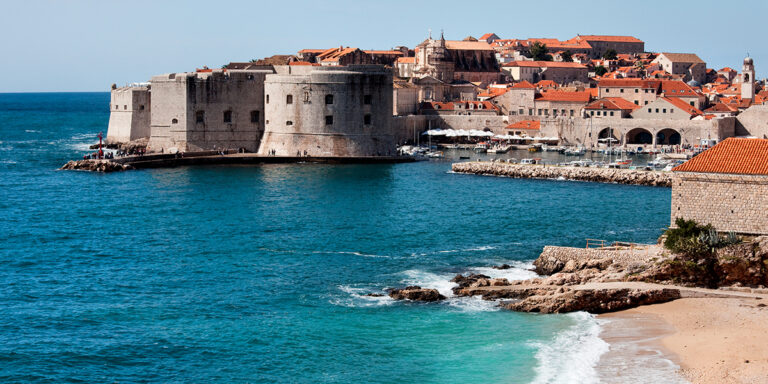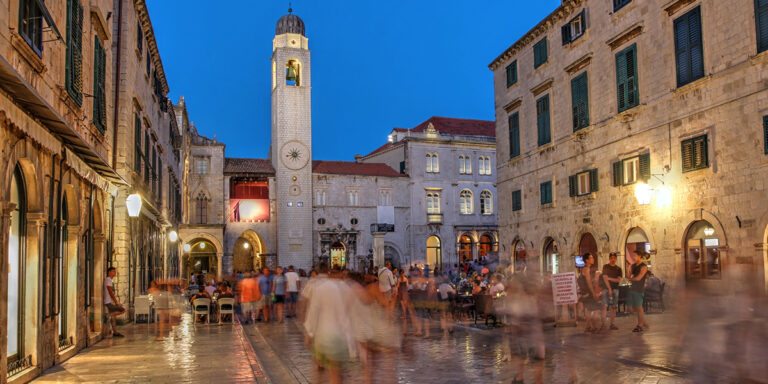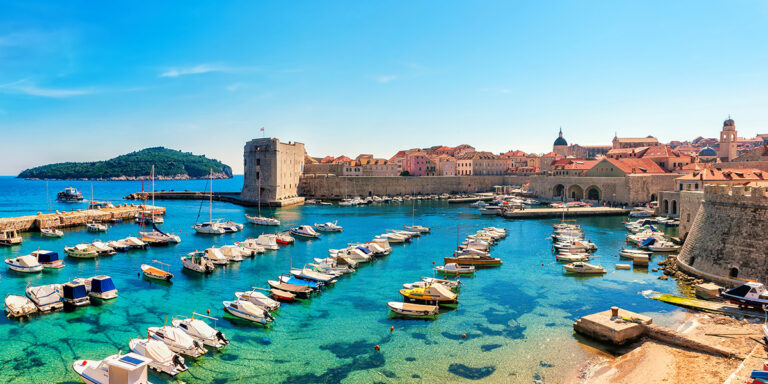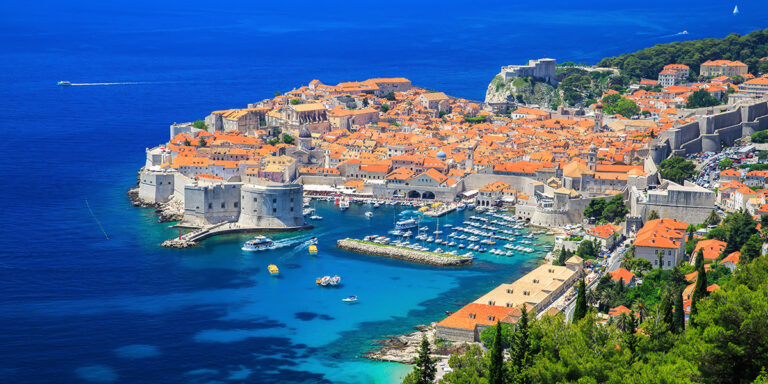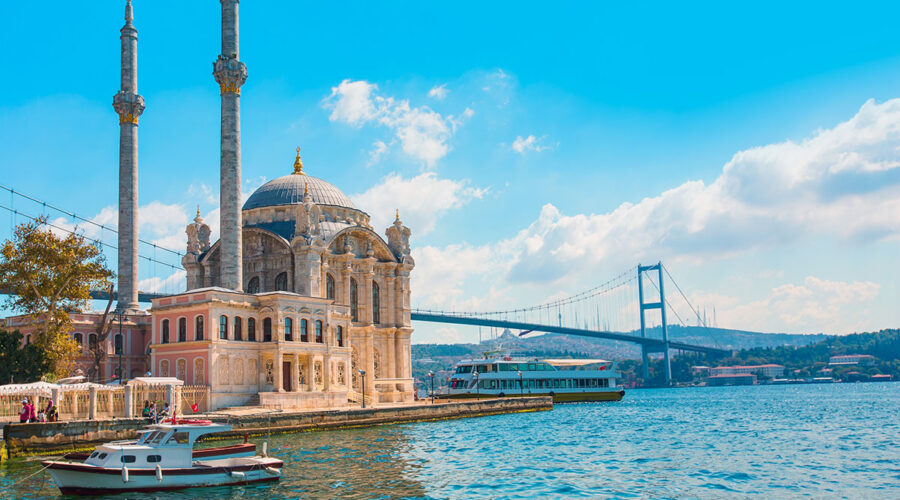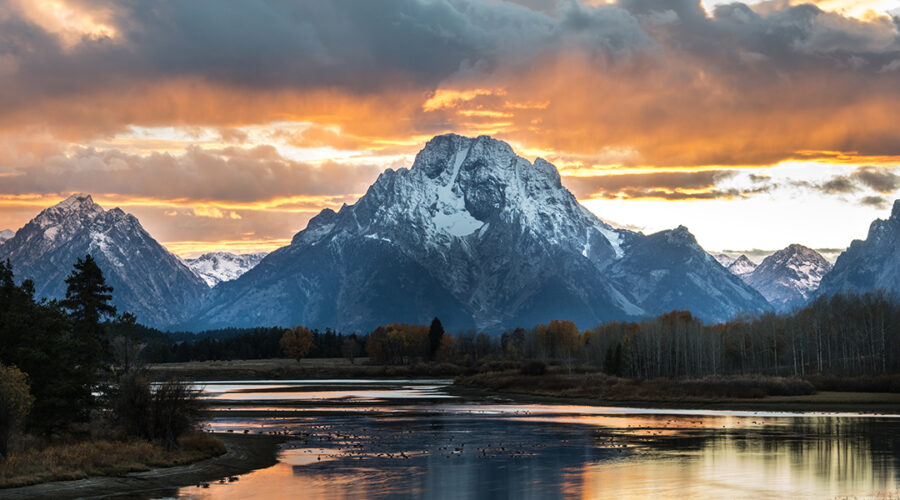- Home
- About Us
- Luxury Golf Tours
- Private Luxury Travel
- The Grand California Discovery Tour
- 5 Day Yellowstone & Grand Teton Tour
- Luxury Alaska Mountain Retreat
- Utah Luxury High Adventure Tour
- Discover the History of Turkey
- Philanthropy in Vietnam and Cambodia
- Thailand New Year’s Eve Adventure
- Signature Tour of Croatia
- Highlights of Japan
- Unforgettable Zimbabwe Safari
- Italy Discovery Tour
- Spain and Portugal
- East Africa Migration Safari
- Contact Us

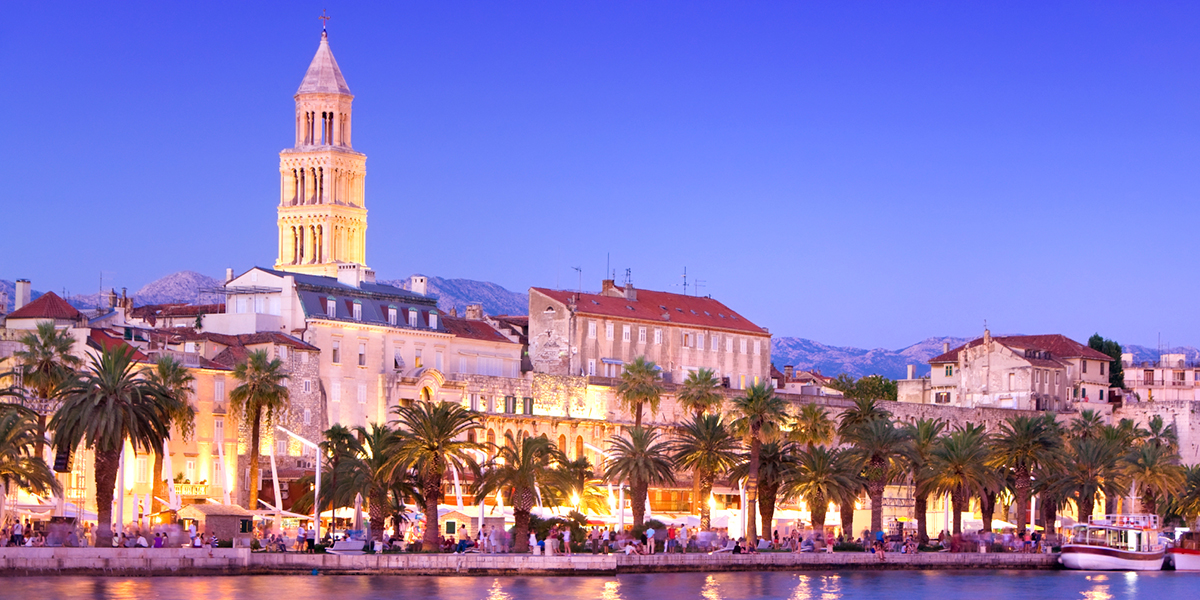 Olives, indigenous aromatic plants, brilliancy of white stone against the verdant vegetation and the towering mountain massif of Biokovo whose spurs reach all the way to the sea – yes, this is indeed an exceptional part of the country, and its beauty is made all the more enchanting by numerous historic events and monuments, and cultural manifestations.
Olives, indigenous aromatic plants, brilliancy of white stone against the verdant vegetation and the towering mountain massif of Biokovo whose spurs reach all the way to the sea – yes, this is indeed an exceptional part of the country, and its beauty is made all the more enchanting by numerous historic events and monuments, and cultural manifestations.